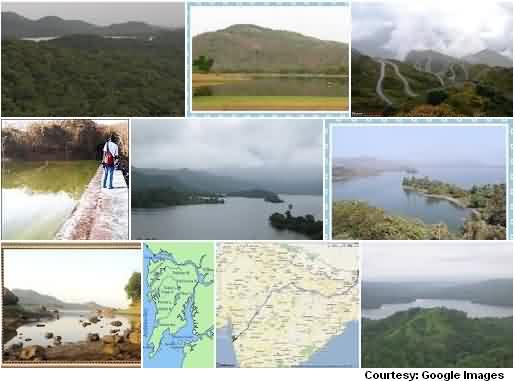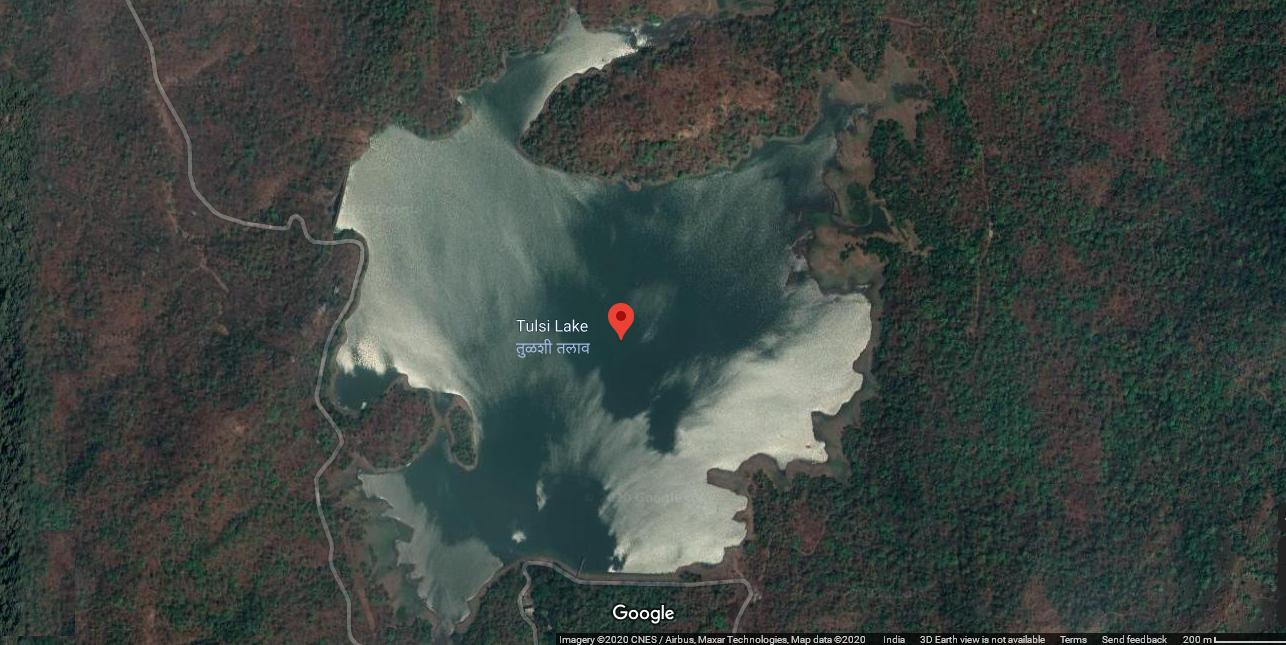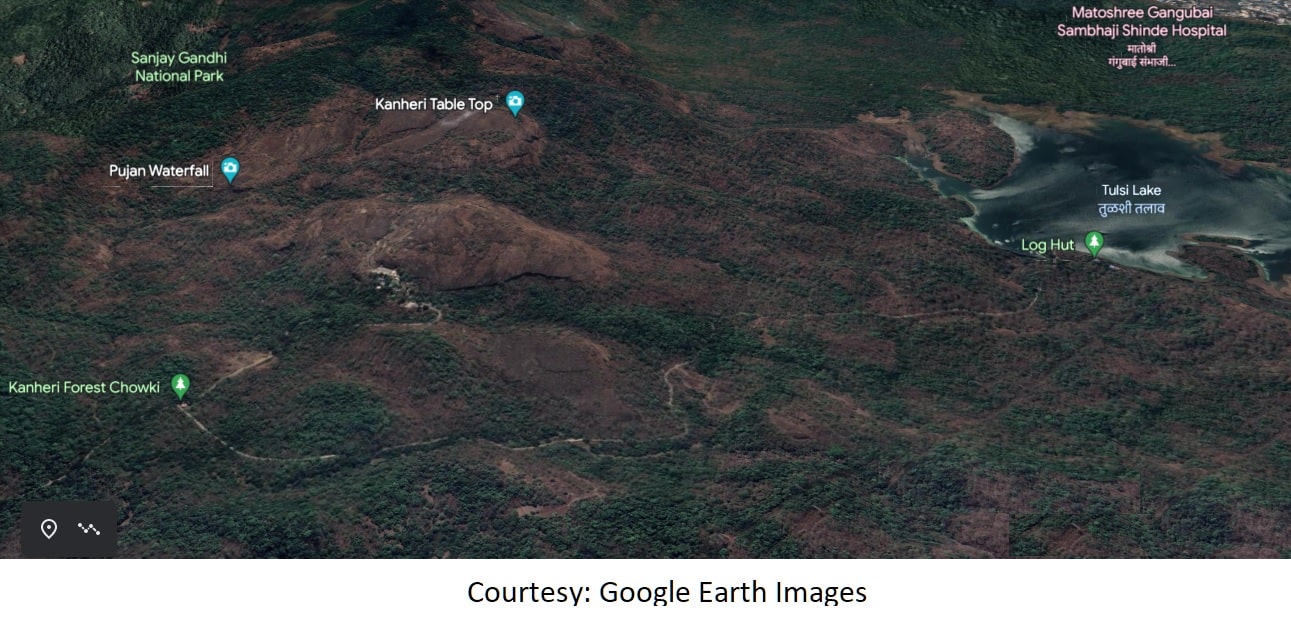“Between 1872 and 1897, the small ‘Tasso River’ underwent a remarkable transformation, becoming a medium-sized tulsi lake. This lake served as a vital source of fresh drinking water for South Mumbai during the British era in what was known as Bombay. Situated in the lush forest reserve area of Sanjay Gandhi National Park, Tulsi Lake is accompanied by its neighboring Vihar Lake.”


Tulsi Lake Reservoir
Tulsi Lake, a historic fresh drinking water source, can be found deep within the restricted forest area of Borivali National Park, approximately 2.5 to 3 kilometers away. This serene lake can be spotted from the Kanheri Caves Table Top.
Once Mumbai receives abundant rainfall, the dam situated in this lake tends to overflow. Positioned towards the west of Mumbai, this small dam opens up, allowing the water to cascade through the Borivali National Park forest. Eventually, it merges with the Poisar River, which has now transformed into a Nullah, and finally finds its way to the Arabian Sea.
The uncharted 1.35 square kilometer expanse of Tusi Lake is home to a diverse array of local and migratory birds, along with fish, crocodiles, and snakes peacefully coexisting amidst the lush green surroundings. The lakeside is renowned for its stunning beauty and abundance of flowering plants, while butterflies flutter around all year long.
Panthers, leopards, and herds of deer frequently come to this area to quench their thirst, and forest authorities are vigilant about their presence as they are commonly spotted around this lake.
There are a total of 3 lakes next to each other in this area. The first one is Tulsi, hidden deep within the forest. Right beside it is Vihar Lake, which is also a source of drinking water for Mumbai. Vihar Lake is situated within the forest reserve of Goregaon, another station in western suburban Mumbai.
Between Borivali and Goregaon, you will find two more stations called ‘Kandivali’ and ‘Malad’. Unfortunately, these stations do not have any access or pathway leading to any of the water reservoirs. Vihar Lake is well connected to Mithi Nadi.
Connected to Vihar Lake is Powai lake (Non-Drinking Water Reservoir), Located in the vicinity of Powai village, right across from Hiranandani, a prestigious residential complex in Mumbai, this place boasts public access and convenient connectivity to road transport.
Can You Reach Tulsi Lake?

TThe path leading to the lake starts at Kanheri Caves, passing through Kanheri Forest Chowki. Remember, the gates are shut and public access is restricted since it’s not a typical tourist spot in Mumbai.
You can reach Borivali National Park (on the east side of the railway station) and venture further in to visit the renowned Kanheri Caves. From there, you can catch a glimpse of the lake from the nearby Kanheri Table Top. This is the best way to enjoy the view.
Please note that access to the tabletop area may be limited. Exercise caution as it’s a dense forest region, and it’s advisable to have a guide with you or contact a forest official before exploring the area.
See More in Lakes

